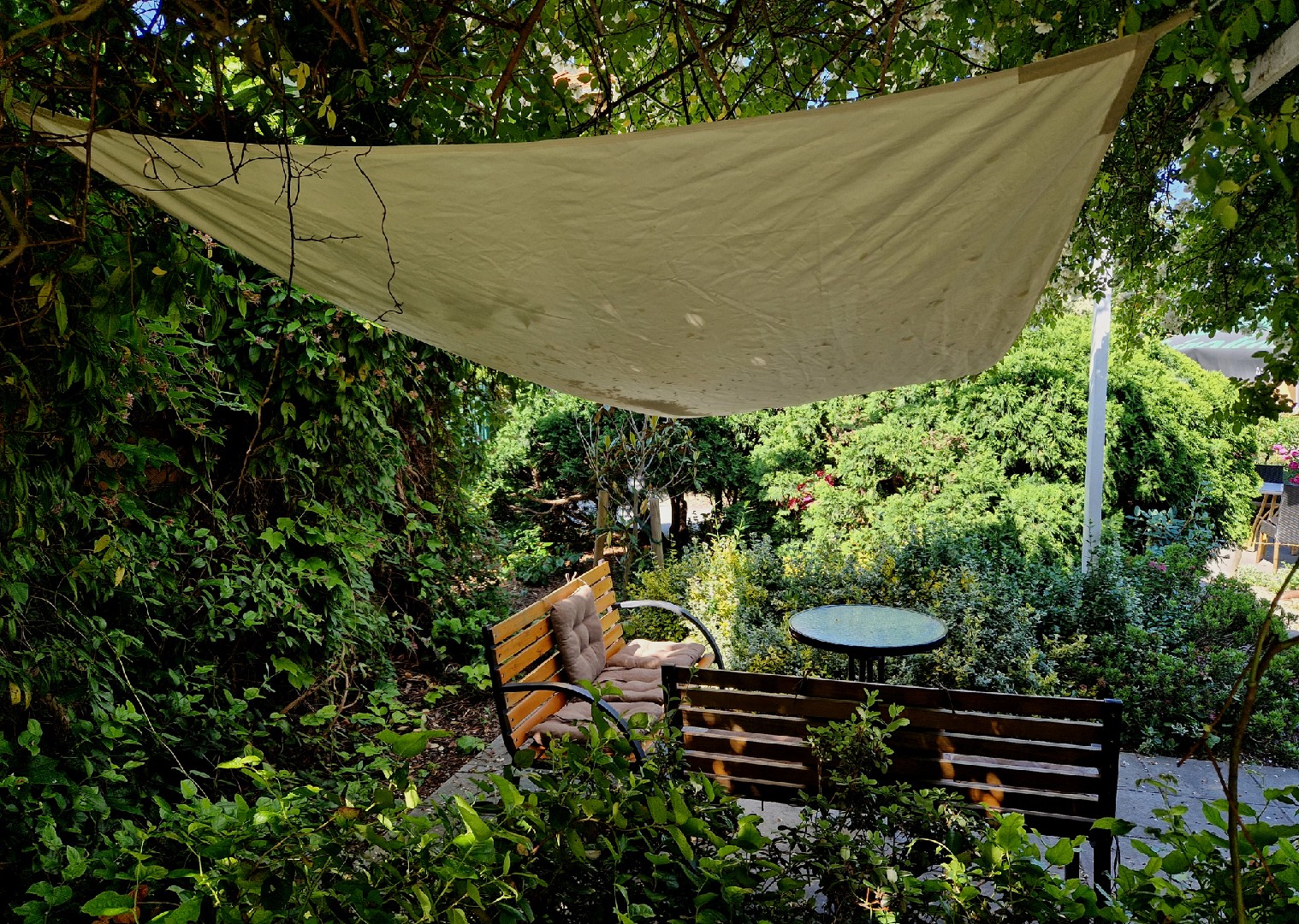![Rectangle]()
Understanding the Importance of Privacy in Landscape Design
Creating a personal outdoor retreat in your garden involves not only beautiful plants and stylish furniture but also the careful consideration of privacy and seclusion. Privacy is an essential element in landscape design as it creates a comfortable zone where you can relax and enjoy nature without feeling self-conscious.
One of the key reasons why privacy is important in garden design is for creating a sense of security. When you have a private and secluded space, you can let go of worries about prying eyes or unwanted attention. This allows you to truly unwind and find peace in your garden sanctuary. To enhance privacy in your outdoor retreat, there are several methods you can consider.
One effective method is to use natural barriers such as hedges, trees, or tall shrubs. These green screens not only provide privacy but also add beauty and texture to your garden. You can choose from various options depending on the level of privacy you desire and the overall aesthetic appeal you want to achieve. Popular choices include Thuja Green Giant, Leyland Cypress, and American Holly.
Another method to enhance privacy is through the use of vertical garden elements like trellises or pergolas. These structures not only provide shade but also act as visual barriers, giving you a sense of seclusion. You can grow climbing plants such as ivy, jasmine, or clematis on these structures to add a touch of natural beauty while increasing privacy.
In addition to natural barriers and vertical elements, you can also consider incorporating water features like fountains or ponds. These not only create a soothing atmosphere but also act as visually distracting elements, drawing attention away from your private space. The sound of water can also help mask outdoor noises and create a sense of tranquility.
Privacy in landscape design is not just about creating a secluded space, but also about enhancing the aesthetic appeal of your garden. With the right privacy measures in place, your garden can become a stunning oasis that reflects your personal style and taste. By creating well-defined boundaries, you can create intimate outdoor rooms that have their own distinct character and charm.
Ultimately, privacy in garden design is about maintaining individuality and personal expression. Your garden should be a reflection of you, a place where you can be yourself and enjoy the beauty of nature without any inhibitions. By incorporating privacy-enhancing methods and creating a sense of seclusion, you can cultivate a personal outdoor retreat that provides you with a sanctuary for relaxation and rejuvenation.
In summary, privacy is a crucial aspect of landscape design that plays a significant role in creating a comfortable and secure outdoor retreat. By using natural barriers, vertical garden elements, and water features, you can enhance privacy while adding beauty to your garden. With well-defined boundaries, you can create intimate outdoor rooms that reflect your individuality and personal style. So, go ahead and create your personal outdoor retreat where you can truly unwind, relax, and find peace in the beauty of nature.





